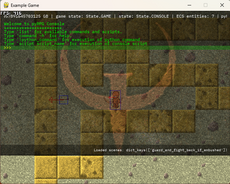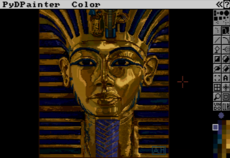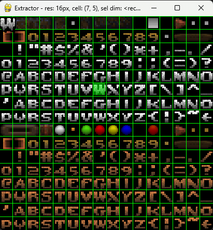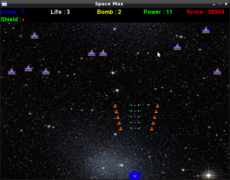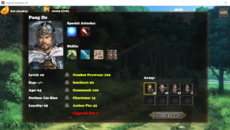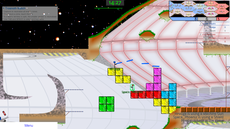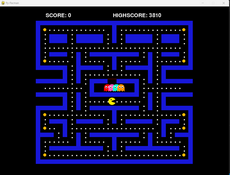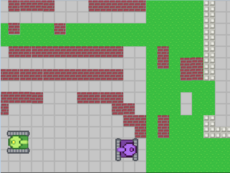about — wiki
Pygame is a set of Python modules designed for writing games. It is written on top of the excellent SDL library. This allows you to create fully featured games and multimedia programs in the python language. Pygame is highly portable and runs on nearly every platform and operating system.
For a nice introduction to pygame, examine the line-by-line chimp tutorial, and the introduction for python programmers.
More information:
- Readme - Pygame Readme Information
- Install - Install Information
- What's New - Changelog
